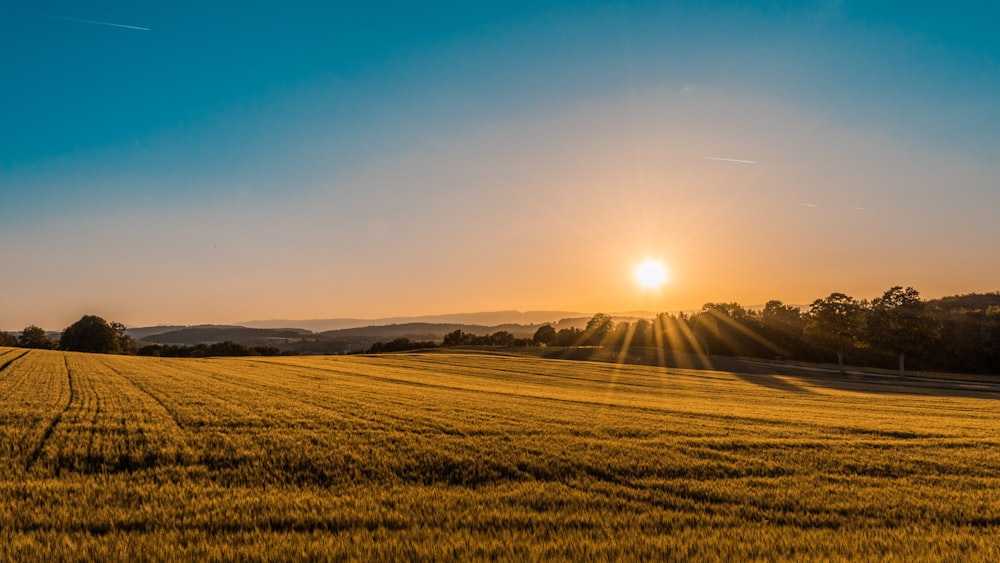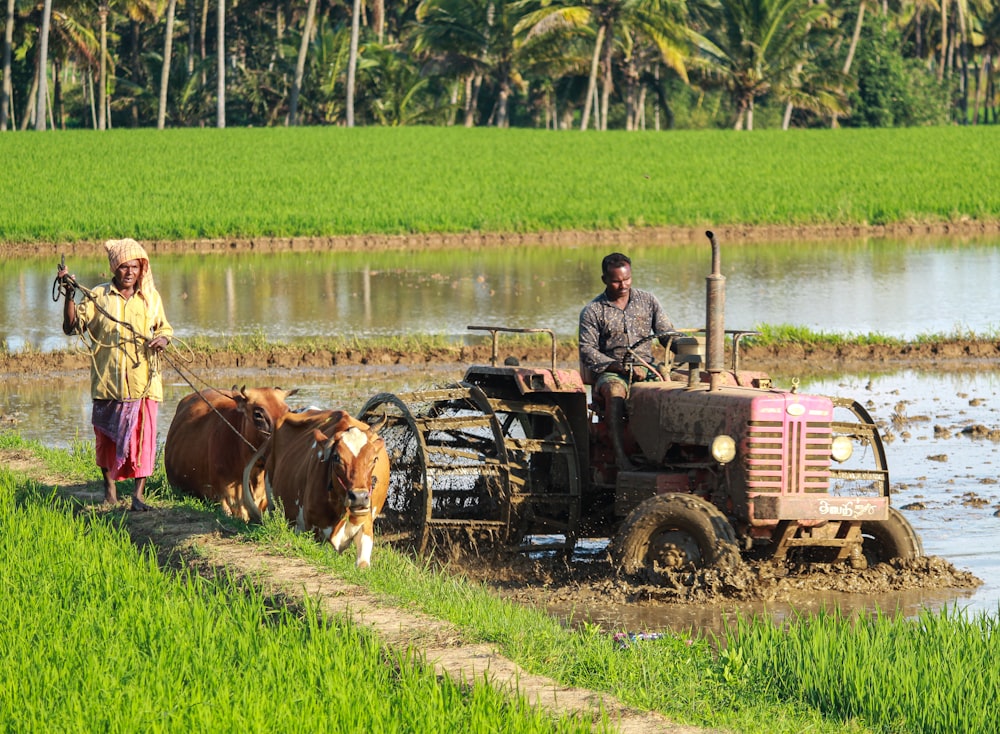The Invisible Battle Beneath the Mulch
How Volatilization Impacts Florida's Fall Squash Production
Introduction
Picture this: a Florida farmer readies her field for fall squash production, carefully laying sheets of plastic mulch across neat, raised beds. This widespread agricultural practice, known as plasticulture, helps control weeds, conserve water, and increase crop yields. But beneath this seemingly simple layer of plastic lies a complex scientific drama involving soil fumigants like 1,3-Dichloropropene (1,3-D) and their tricky tendency to volatilize—escape into the atmosphere—before they can do their job of eliminating soil pests.
The challenge is particularly acute in Florida's unique agricultural systems, where scientists have discovered that the type of plastic mulch used can dramatically influence whether these necessary chemicals stay put or vanish into the air.

The Science of Plastic Films and Fumigant Escape
Why Farmers Use Soil Fumigants
Before planting crops like squash, tomatoes, and melons, farmers often need to clear the soil of destructive pests—nematodes, fungi, and weeds that can devastate yields. 1,3-Dichloropropene (commonly known by its trade name Telone) has become a particularly important soil fumigant for this purpose 1 .
When injected into the soil before laying plastic mulch, it moves through the soil pores as a gas, eliminating harmful organisms that would otherwise attack plant roots.
The Role of Plastic Mulches
Agricultural plastics serve as critical barriers between the treated soil and the atmosphere. Initially, farmers used low-density polyethylene (LDPE) films—the same type of plastic found in grocery bags.
While better than no covering at all, research revealed that LDPE is surprisingly permeable to fumigant vapors, allowing significant quantities to escape 1 . In response, material scientists developed advanced virtually impermeable films (VIF) and totally impermeable films (TIF) with specialized layers that dramatically reduce fumigant passage.
A Deep Dive into the Florida Squash Experiment
Uncovering the Volatilization Problem
In the early 2000s, agricultural researchers in Florida noticed something concerning: despite using plastic mulch systems, significant amounts of 1,3-D were escaping from soil treated for fall squash production. This represented both an economic loss for farmers—who were paying for fumigants that weren't staying in place—and a potential environmental issue related to atmospheric volatile organic compounds.
A team of scientists led by S.D. Nelson embarked on a comprehensive study to understand exactly how much 1,3-D was volatilizing under Florida's unique growing conditions and, more importantly, how different plastic mulches affected this process 1 .

Methodology: Tracking an Invisible Gas
Field Setup
Multiple raised beds were prepared according to standard Florida plasticulture practices, with soil composition typical of the region's agricultural areas.
Treatment Application
1,3-D was applied to the soil at the labeled rate, immediately followed by covering with different plastic mulches: standard LDPE, the newer VIF, and in some cases, clear plastic and no-mulch controls for comparison.
Emission Monitoring
Using specialized air sampling equipment, the researchers collected air samples above the soil surface at regular intervals following application. These samples were analyzed using gas chromatography, a precise method for quantifying chemical concentrations.
Squash Assessment
The team monitored the growth and yield of fall squash planted in the treated beds to correlate fumigant retention with crop productivity.
Table 1: Plastic Mulch Types and Their Properties
| Mulch Type | Permeability to Fumigants | Key Characteristics | Relative Cost |
|---|---|---|---|
| LDPE (Low-Density Polyethylene) | High | Single-layer plastic, widely available | Low |
| VIF (Virtually Impermeable Film) | Low | Multilayered with barrier components | Moderate |
| TIF (Totally Impermeable Film) | Very Low | Advanced barrier technology | High |
| Clear Plastic | Very High | Allows sunlight penetration | Low |
Revealing Results: Quantifying the Differences
Volatilization Rates
The LDPE-covered beds allowed significantly higher emissions of 1,3-D compared to the VIF beds. In some measurements, the difference exceeded 50%, meaning VIF retained substantially more fumigant in the soil where it was needed.
Squash Production Outcomes
Despite the differences in fumigant retention, squash yields under VIF were generally equivalent or superior to those under LDPE. This demonstrated that better fumigant containment didn't come at the expense of crop productivity.
Economic Implications
The research suggested that when using less permeable films like VIF, farmers might achieve satisfactory pest control with reduced fumigant applications, creating cost savings while minimizing environmental impact.
Table 2: Relative 1,3-D Volatilization from Different Mulch Types in Florida Conditions
| Mulch Type | Relative Volatilization Rate | Soil Pest Control Efficacy | Squash Yield Impact |
|---|---|---|---|
| No Mulch | Very High | Poor | Variable |
| Clear Plastic | High | Moderate | Moderate |
| LDPE | Moderate | Good | Good |
| VIF | Low | Very Good | Very Good |
The Scientist's Toolkit: Essential Materials in Fumigant Research
| Research Tool | Primary Function | Application in Volatilization Research |
|---|---|---|
| 1,3-Dichloropropene (Telone) | Soil fumigant | Primary test compound for evaluating permeability and efficacy |
| Solid-Phase Microextraction Fibers | Chemical sampling | Collect fumigant molecules from air without disturbing the system |
| Gas Chromatograph | Chemical analysis | Precisely quantify fumigant concentrations in air and soil samples |
| Permeability Testing Apparatus | Material science | Laboratory measurement of fumigant passage through plastic films |
| Static Closed Systems | Experimental setup | Controlled environments for comparing plastic film performance |
Understanding the tools that enable this research reveals just how sophisticated agricultural science has become. The solid-phase microextraction method mentioned in permeability studies represents a particularly elegant solution to the challenge of measuring tiny concentrations of airborne chemicals 1 .
The permeability testing apparatus used in laboratory settings provides crucial preliminary data before field testing. This equipment typically consists of two chambers separated by the plastic film being tested, with one chamber containing the fumigant and sensors measuring its passage through the film over time 1 .
Broader Implications for Agriculture and Environment
Beyond Squash: Wider Applications
While the Florida squash studies provided valuable specific insights, the implications extend far beyond this single crop. Research has confirmed that different fumigants show varying permeability through the same plastic films.
For instance, studies have demonstrated that methyl isothiocyanate (MITC) permeates through LDPE films more readily than 1,3-D, which in turn passes through more readily than chloropicrin 1 . This means that optimal plastic film selection may vary depending on which fumigant is being used.
The benefits of low-permeability films also extend to other fumigant-dependent crops in Florida's agricultural rotation, including tomatoes, strawberries, and peppers .
Environmental and Regulatory Impact
The research on fumigant volatilization has occurred against a backdrop of increasing environmental regulation and growing public interest in sustainable agriculture.
As regulations governing volatile organic compound emissions from agricultural sources have tightened, the development of effective barrier films has become increasingly important for farmers seeking to comply while still controlling soil pests.
This science has taken on additional significance in the context of methyl bromide phase-out, which eliminated an earlier, more ozone-damaging fumigant. As 1,3-D and other alternatives have become more prominent, understanding and controlling their environmental behavior through proper containment has become a critical research priority.

Conclusion
The invisible battle of fumigant volatilization beneath plastic mulch represents a perfect example of how sophisticated materials science and careful agricultural research can work together to address both productivity and environmental challenges. The journey from simple polyethylene films to advanced barrier technology has allowed Florida squash producers—and many other farmers—to maintain effective pest control while minimizing unwanted atmospheric emissions.
Ongoing research continues to refine our understanding of these processes, with scientists investigating even more effective barrier materials, optimal application methods, and integrated approaches that might further reduce reliance on chemical fumigants.
What remains clear is that this intersection of chemistry, material science, and agriculture will continue to be fertile ground for innovation that benefits both farmers and the environment they depend on.
As consumers, understanding these sophisticated production systems deepens our appreciation for the complexity behind bringing food to our tables and the careful scientific work that enables both productivity and environmental responsibility in modern agriculture.
References
References will be placed here in the appropriate format.